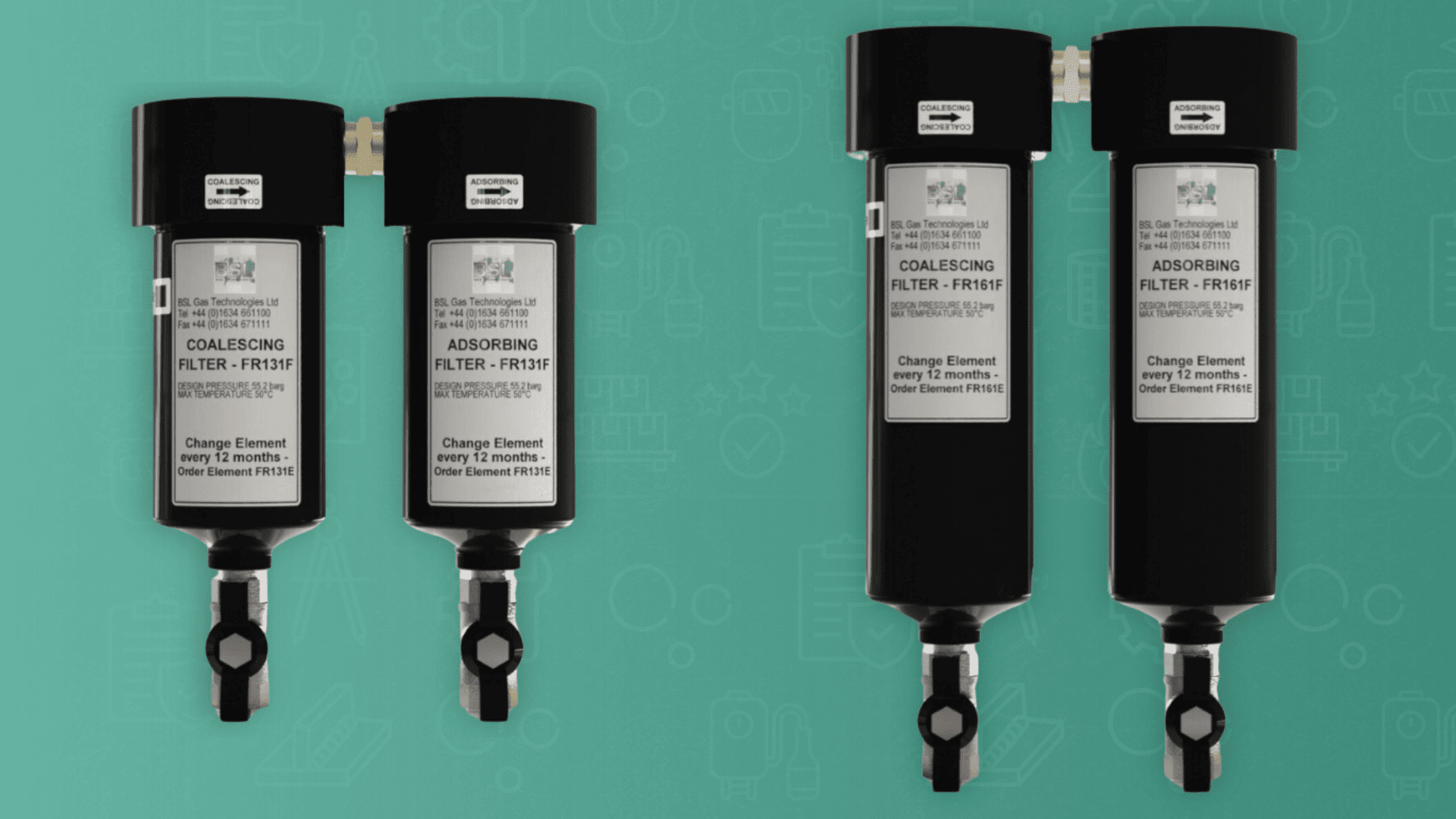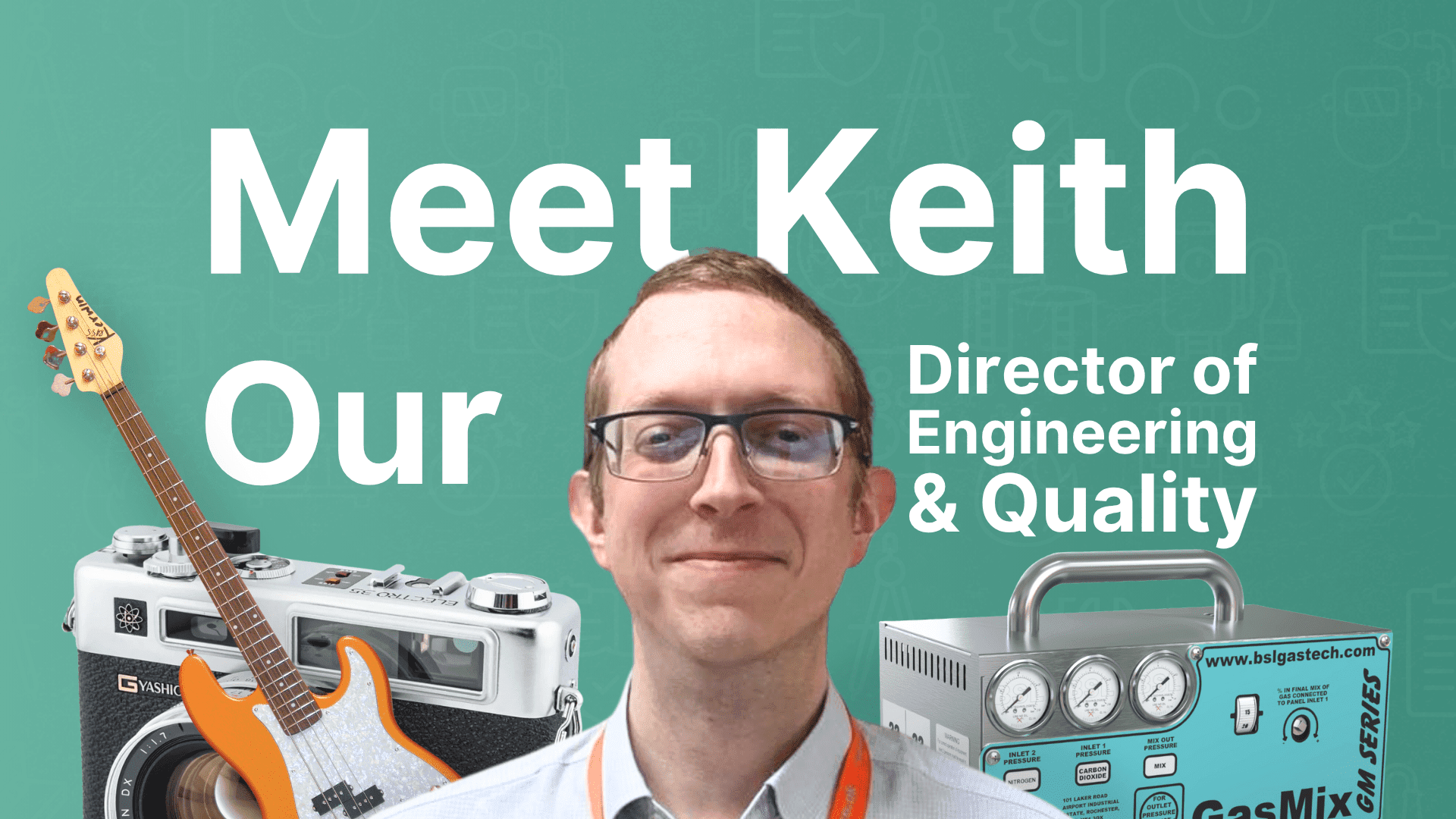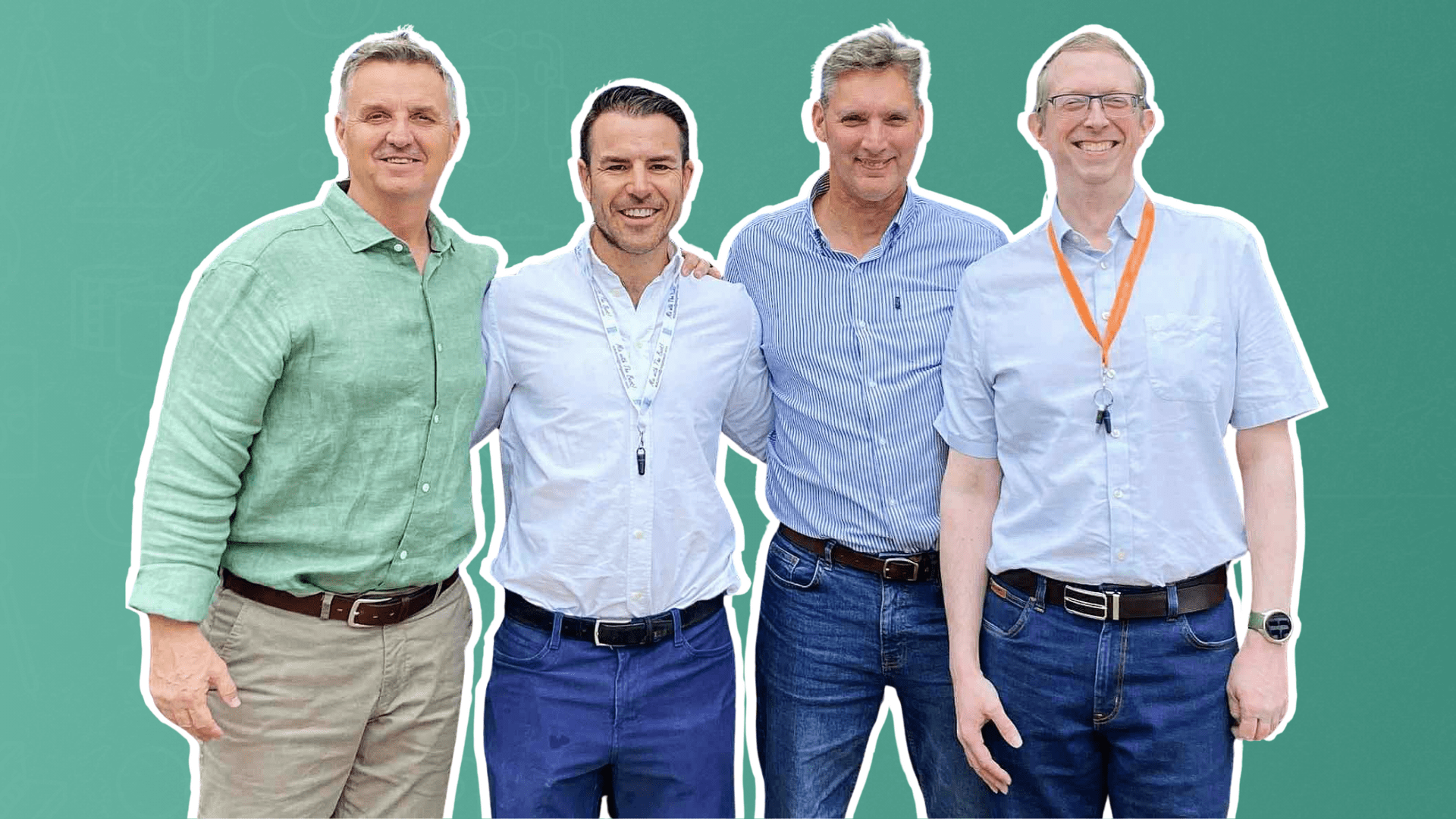The journey from gas cylinder to your critical process seems straightforward, but it’s fraught with contamination opportunities that can compromise your operation. While gas suppliers deliver high-quality products, the path to your point of use involves multiple system components, connections, and environmental exposures where contamination can accumulate.
Drawing from over 30 years of service experience, we’ve learned that contamination in gas handling systems is inevitable without proper protection. That’s why we maintain extensive filter element inventory, ensuring our customers never face extended downtime due to contamination-related failures and never have to deal with the fallout of contaminated lines reaching your critical processes.
The Three Contamination Culprits (And How to Stop Them)
1. Installation and Commissioning Particulates
The most prevalent contamination source originates during system installation, commissioning, and subsequent degradation over time. This form of contamination includes:
- Rust particles from oxidising pipework, particularly in older installations
- Copper swarf generated during cutting and threading operations
- Solder beads that detach from joints during thermal cycling
- Ceramic insulation dust from high-temperature applications
- Masonry dust from drilling operations performed near open pipework
- PTFE tape fragments from improperly sealed connections
The fix? Proper purging should handle this. But let’s be honest – it can be rushed or overlooked entirely. High-quality particulate filtration positioned near gas mixer inlets provides essential protection – a cost-effective safeguard for both equipment investment and process integrity. Think of it as an insurance policy, protecting both your investment in your gas mixer and your process.
2. Component Degradation from System Resonance
A more complex contamination mechanism involves the progressive destruction of piping accessories through vibration-induced wear. Pressure regulators, non-return valves, and similar components can experience severe resonance conditions when system acoustics align unfavourably.
These resonances accelerate internal wear, generating:
- Metal particles from fretting surfaces
- Valve seat fragments from repeated impact
- Degraded elastomer seal materials
- Fatigue debris from spring elements
Listen to your system: Buzzing sounds or detectable vibration indicate developing problems. While remediation often involves straightforward modifications – adjusting pipe lengths or substituting components with different acoustic characteristics – particulate filtration remains essential for capturing wear debris before it compromises downstream equipment.
3. Precipitated Contaminants from Dissolved Species
The third contamination category presents unique challenges because the contaminants travel invisibly through the system. Carbon dioxide exemplifies this phenomenon perfectly, functioning as an efficient solvent for various hydrocarbons and chemical compounds.
When CO₂ carrying dissolved contaminants encounters pressure drops at regulators or control valves, rapid thermodynamic changes cause these species to precipitate as solid deposits.
Effective protection requires adsorbing filters specifically designed to remove dissolved contaminants before precipitation occurs. This dual-filtration approach – particulate plus adsorbing media – has proven essential for maintaining CO₂ system reliability.
Implementing Effective Contamination Control
Years of service experience have demonstrated that successful contamination management requires a systematic approach. Here’s what we recommend:
Regular Monitoring: Annual verification of gas purity and system performance often reveals developing contamination issues before they cause process problems. Deviations from expected gas quality frequently indicate partial blockage or flow restriction from accumulated debris.
Preventive Maintenance: Scheduling filter replacement and system inspection at appropriate intervals maintains optimal performance while providing opportunity to assess contamination levels and replace wear components proactively.
Appropriate Filtration: Matching filtration technology to contamination risks ensures effective protection without unnecessary complexity. Standard applications require quality particulate filters, while CO₂ and similar solvent gases demand additional adsorbing capacity.
Whether you’re crafting beverages, packaging foods, or performing precision welding, effective filtration ensures that any unwanted particles cannot reach your process. This way, the beverages your business brews, the high-quality food items you process, or the critical welds you carry out, will always remain free from any problematic inclusions that could compromise their integrity.
Engineering Your Solution
It’s no accident that BSL Gas Technologies manufactures filters engineered specifically for gas handling applications. Decades of servicing have shaped our understanding: reliable gas delivery requires equally reliable filtration.
Understanding contamination sources and implementing proper countermeasures transforms system reliability from chance to certainty. Whether designing new installations or optimising existing systems, the principles remain consistent: identify risks, implement layered protection, maintain systematically.
The process of getting gases from supply to point of use involves numerous potential contamination sources – none of which reflect on the quality of the gas supply itself, but all of which can impact your critical processes.
Need guidance on contamination challenges? Our engineering team brings decades of practical experience to every consultation. From simple particulate issues to complex CO₂ applications, we’ll specify the right protection for your process.
Contact us to discuss how proper contamination control can enhance your gas handling reliability. Because when it comes to protecting your investment and process integrity, good enough isn’t good enough.




